No More Doubts: CDK 4/6 inhibitor + ET as First-Line Standard for HR+ mBC

20 February 2025
A Randomized, Open-label, Multi-center Phase IV Study Evaluating Palbociclib Plus Endocrine Treatment Versus a Chemotherapy-based Treatment Strategy in Patients With Hormone Receptor Positive / HER2 Negative Breast Cancer in a Real-World Setting (GBG 93 - PADMA Study)
By Dr. Elvina Almuradova, MD, Assoc. Prof. of Oncology
IEO Istituto Europeo di Oncologia
The treatment landscape for hormone receptor-positive, HER2-negative (HR+/HER2-) metastatic breast cancer (mBC) has evolved significantly, with CDK4/6 inhibitors in combination with endocrine therapy (ET) already established in guidelines as the standard first-line treatment for HR+ breast cancer patients. However, the proportion of patients receiving first-line chemotherapy remains notable, ranging from 13% to 66% in real-world studies across various countries and regions, as reported by Werutsky et al. (2021).(1)
Click the picture to view the PDF version: Pg 36-39.
Consistently, observational studies show that until recently—and despite international guideline recommendations—a significant proportion of patients with HR+/HER2- mBC continued to receive chemotherapy as their first-line treatment.(2.3) This finding, although unexpected, has significant implications for patients, as chemotherapy is associated with increased toxicity and a reduced quality of life without offering a clear benefit in terms of disease outcomes. It is important to note that the recommendation for first-line ET is partly based on a meta-analysis comparing older chemotherapy regimens with ET agents, which had limited statistical power.
Furthermore, clinical scenarios such as early relapse under adjuvant ET, low estrogen receptor (ER) scores, visceral crisis, symptomatic lesions, and high disease burden were not well described in this meta-analysis or in many of the published studies. These gaps in the evidence may partially explain the decision-making processes leading to the use of chemotherapy as a first-line option in some cases.
The PADMA study is the first prospective, randomized, phase IV trial to evaluate this approach in detail, providing robust evidence to further clarify its clinical utility compared to chemotherapy-based strategies.
Study Design and Cohort Characteristics
The PADMA trial enrolled patients with previously untreated HR+/HER2- mBC who were deemed candidates for chemotherapy based on disease burden and clinical presentation. Participants were randomized to either palbociclib (125 mg on days 1–21 of a 28-day cycle) combined with ET (palbociclib + ET) or mono-CT of the physician’s choice, with or without maintenance ET.
Stratification factors included endocrine resistance and the presence of symptomatic disease. Treatments continued until disease progression, unacceptable toxicity, withdrawal of consent, or modification of the initial plan.
The trial’s primary endpoint (EP) was time to treatment failure (TTF), defined as the time from randomization to treatment discontinuation due to disease progression, treatment toxicity, patient preference, or death. Secondary endpoints included progression-free survival (PFS), time to first and second subsequent treatments, overall survival (OS), and quality-of-life measures.
A total of 150 patients were included, with both cohorts being largely postmenopausal (>80%). Endocrine resistance was identified in 27.9% of the palbociclib cohort and 35.6% of the CT cohort. Mutational analysis showed similar frequencies of ESR1 mutations (1 patient per cohort), while PIK3CA mutations were more common in the CT cohort (27.1%) than in the palbociclib cohort (18%).
Key Results
With a median follow-up of 36.8 months (range: 0–74.4 months), the PADMA study demonstrated the superiority of palbociclib + ET over CT across key clinical endpoints.
The Time to Treatment Failure (TTF) was the primary endpoind and Median TTF was 17.2 months in the palbociclib + ET group versus 6.1 months in the CT group (HR 0.46 , 95% CI: 0.31–0.69, p<0.001). The benefit was independent of the number of metastatic sites or symptom burden, showcasing consistent efficacy.
Secondry endpoints like Progression-Free Survival (PFS) was also impressive as mPFS was 18.7 months with palbociclib + ET versus 7.8 months with CT (HR 0.45 (95% CI: 0.29–0.70, p<0.001). A numerical trend favoring palbociclib + ET was observed, with a median OS of 46.1 months versus 36.8 months in the CT cohort. Palbociclib + ET demonstrated a favorable safety profile with reduced toxicity compared to CT, further supporting its suitability as a first-line treatment option.
The results of the PADMA trial align with and reinforce existing guideline recommendations advocating the use of CDK4/6 inhibitors combined with endocrine therapy as the preferred first-line treatment for HR+/HER2- mBC. While previous studies have predominantly included patients with less aggressive disease or bone-only metastases, PADMA focused on a high-risk population, including those with symptomatic disease and visceral metastases. Importantly, the consistent benefit across subgroups suggests that there is no longer a rationale to default to chemotherapy out of concern for disease progression in this setting.
This study provides robust support for existing guidelines that recommend endocrine-based regimens as the cornerstone of first-line therapy for HR+/HER2- metastatic breast cancer (mBC). By addressing many of the uncertainties clinicians previously faced, the findings affirm the efficacy and safety of combining CDK4/6 inhibitors with endocrine therapy. The PADMA study is poised to solidify the global adoption of CDK4/6 inhibitor-based treatments as the definitive option for HR+/HER2- patients in all scenarios except visceral crisis.
References:
- Werutsky G, Reinert T, Rosa ML, Barrios CH. Real-world Data on First-line Systemic Therapy for Hormone Receptor-positive HER2-negative Metastatic Breast Cancer: A Trend Shift in the Era of CDK 4/6 Inhibitors. Clin Breast Cancer. 2021 Dec;21(6):e688-e692. doi: 10.1016/j.clbc.2021.04.003. Epub 2021 Apr 20. PMID: 33992526.
- Bonotto, M., Gerratana, L., & Di Maio, M. (2017). Chemotherapy versus endocrine therapy as first-line treatment in patients with luminal-like HER2-negative metastatic breast cancer: A propensity score analysis. Breast, 31, 114–120.
- Lobbezoo, D. J. A., van Kampen, R. J. W., & Voogd, A. C. (2016). In real life, one-quarter of patients with hormone receptor-positive metastatic breast cancer receive chemotherapy as initial palliative therapy: A study of the Southeast Netherlands Breast Cancer Consortium. Annals of Oncology, 27(2), 256–262.
- Loibl S, et al. Primary results of the randomized phase III trial comparing first-line ET plus palbociclib vs standard mono-chemotherapy in women with high risk HER2-/HR+ metastatic breast cancer and indication for chemotherapy - PADMA study. Presented at: San Antonio Breast Cancer Symposium. December 10, 2024; San Antonio, TX. Abstract SESS-3616.
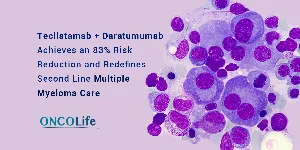
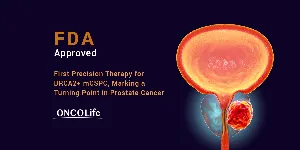
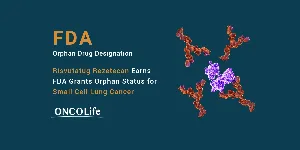
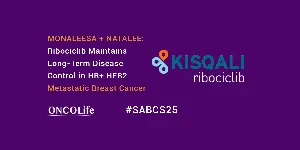

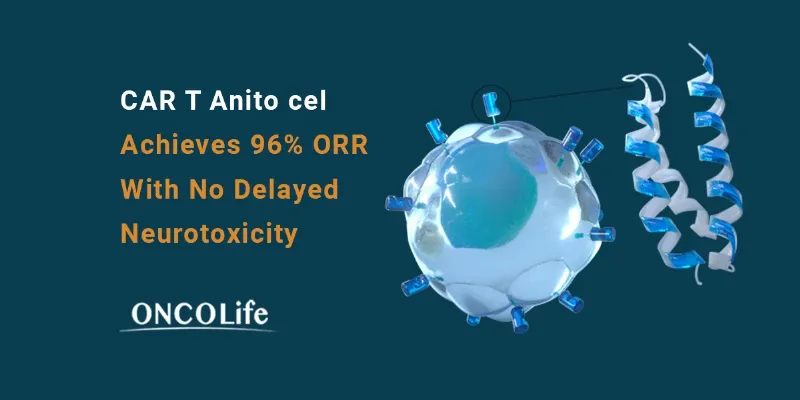
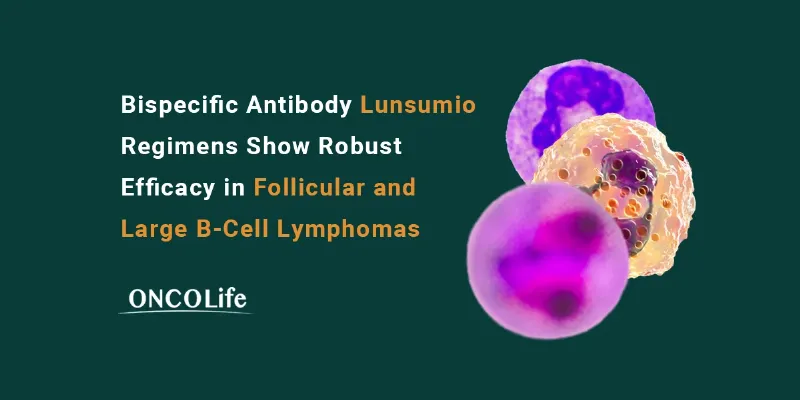
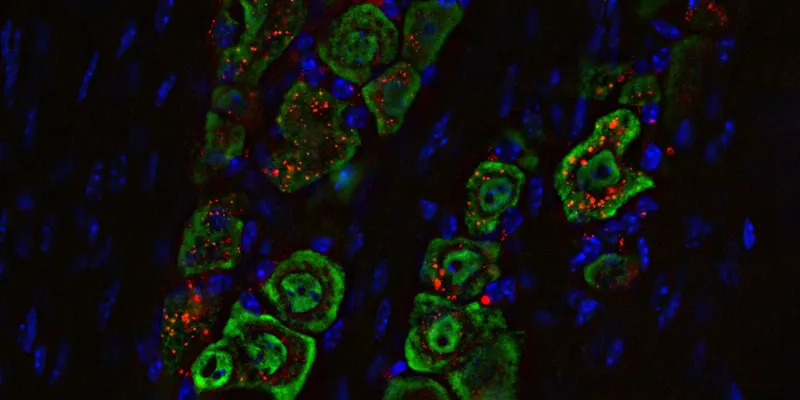


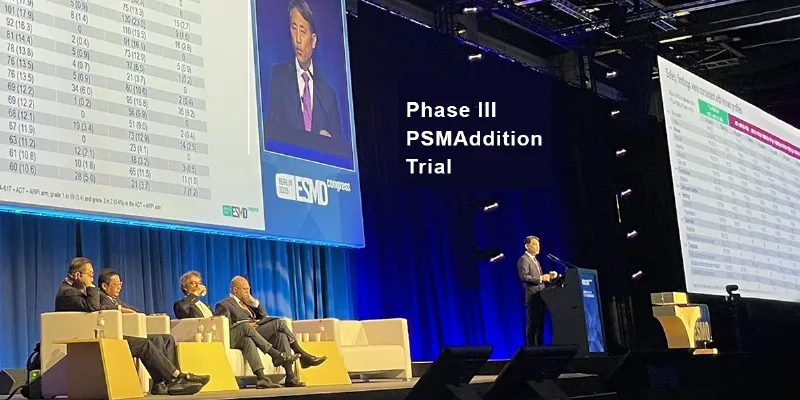
Comments
No Comments Yet!